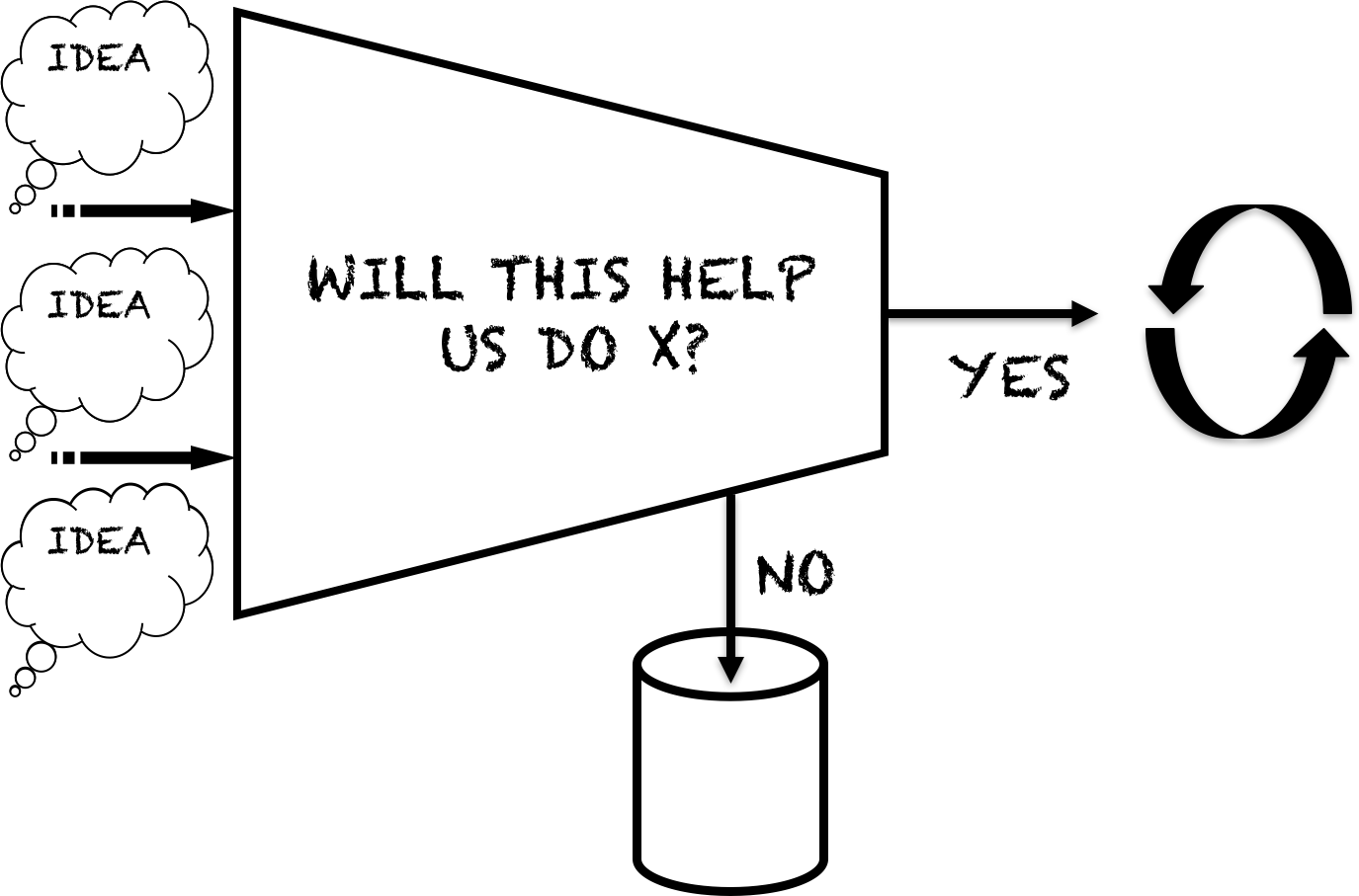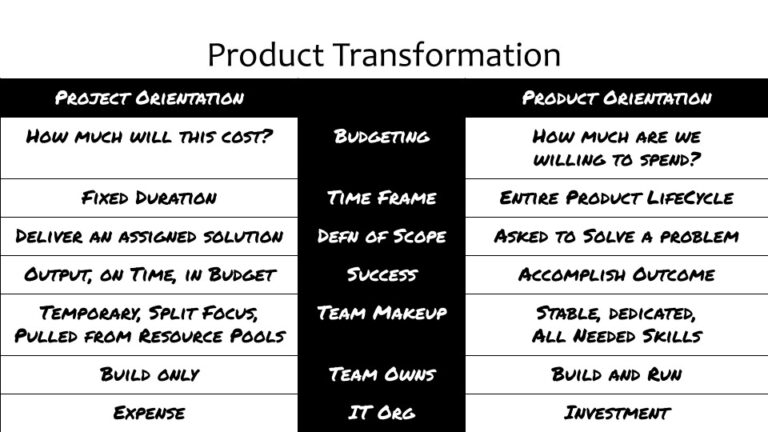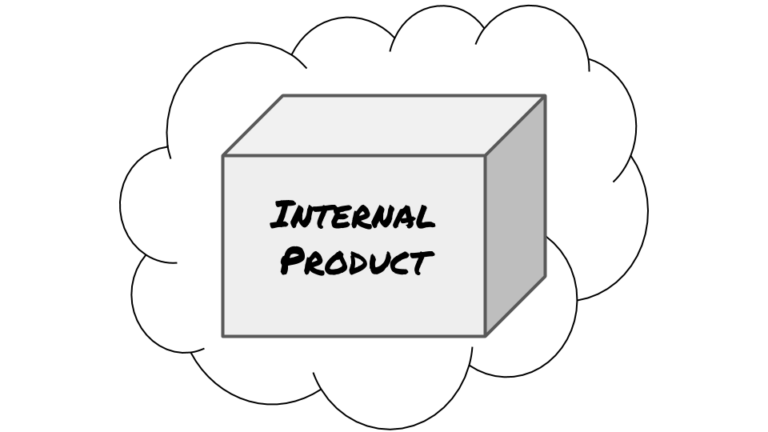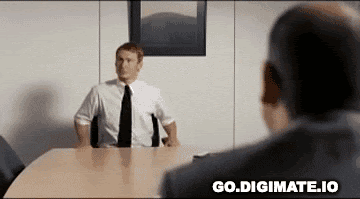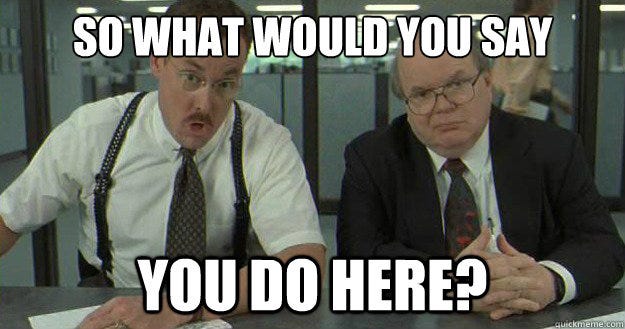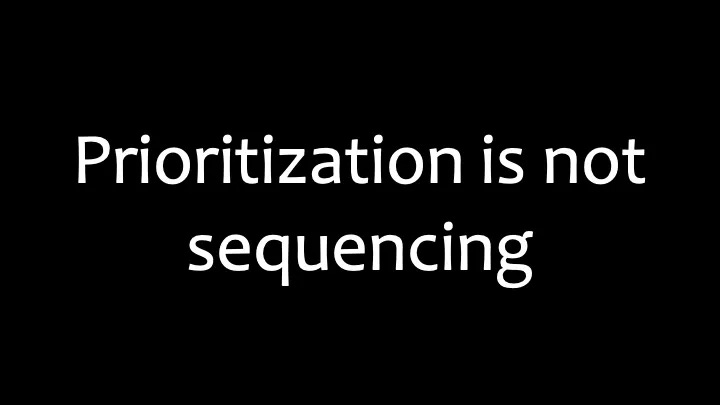Use decision filters for outcome-based decisions without a metric
In a perfect product world, you’d know the outcome you’re trying to reach, and you’d have a clear metric to guide your decisions to get there.
At least that’s what countless product management articles would lead you to believe.
Most of my experience has been in a not-so perfect product world – perhaps a big understatement. One place where that has really stood out is often being in a situation where metrics were…difficult to identify, or measure in a consistent and reliable basis.
I didn’t want to use that as an excuse for not operating in an outcome focused manner, so I’ve had to come up with some ways to make progress toward outcomes without having a clear cut metric.
One technique I’ve found extremely helpful for doing that is the decision filter.
What is a decision filter?
Decision filters are simple questions used to guide decision making. They provide a quick way to communicate outcomes to everyone involved in realizing those outcomes.
Decision filters are based on strategic direction or objectives and provide a simple communication of intent to guide decisions in a distributed fashion. Decision filters are questions you can answer yes or no and lead to definitive actions.
Niel Nickolaisen came up with the idea of decision filters and describes them in this interview with InformIT:
Every day, people throughout the organization, especially those closest to the edges of the organization- the market and customer needs, need to make decisions. A filter gives those people a way to check if their ideas are in line with the direction of the corporation.Will this help us differentiate us in the marketplace? Or, will this be something that we need to do well but not better than anyone else? That is the value of defining the decision filters and then communicating them throughout the organization.
Niel put it another way: “Decision filters help teams do the smart stuff better and stop doing stupid stuff.” In effect, they tell you when to say no to a project that does not truly align with strategy.
Decision filter examples
Niel used the following two decision filters when he was CIO at an online university. His staff used these questions to determine whether they should do a given activity and if so, how they’d approach those activities:
1) Does this promote personalized learning?
2) Does this promote competency based learning?
Here, if the activities met both filters, the organization treated these with innovativeness and creativity.
If the activities didn’t meet those filters, then the decision became whether to do the activities at all, and if so to do them simply, mimicking approaches by other organizations.
In the interview from InformIT quoted above, Todd Little describes some key aspects to decision filters and explains how he used them at Landmark Graphics:
The key with decision filters is that they need to be actionable and they really need to be filters. If the filter is nebulous, such as “make great software,” it won’t be very effective. Another aspect that is key to an effective filter is that everyone needs to know what it is and what it means. At Landmark Graphics we set out the vision that we were going to be differentiating by providing improved integration across our software line. We made sure that everyone knew the importance of integration, and then we recognized that to integrate the software we needed to do a better job of integrating the people and the teams. Then, we invested in bringing people face to face and in reiterating the importance of integration. These actions demonstrated the commitment and investment and there was very strong buy in. The teams delivered remarkable results, and the result was substantial market growth.
Even if you have never heard the term “decision filter” chances are you’ve run across its use.
For example, Brian Halligan, co-founder of HubSpot, found that his early tendency to say yes to every exciting and remotely workable idea someone had led to a chaotic lack of focus. He created a tool that helped him to say no strategically. The tool, called the MSPOT included their Mission, the constituencies they Serve, the Plays they’re going to run this year, the plays they are going to Omit, and how they will Track their progress. The MSPOT served as Brian’s decision filter.
Brian described his approach in the HBR article The Art of Strategy is About Knowing When to Say No.
When to use decision filters
You can use decision filters anytime you want people throughout the organization
-
Ensuring strategic alignment
-
Aligning on key product outcomes
-
Aligning release goals
-
Aligning iteration goals
-
Determining the design approach (to determine if an activity is differentiating)
Why use decision filters
Decision filters make the goals and objectives of an organization very clear and accessible and are a quick way to check whether the team’s current actions align with those goals and objectives.
Every day, organizations are impacted by decisions made by people at every level. Even minute tactical decisions can impact the overall organization.
Successful organizations realize this and look for ways to align decision making in all parts of the organization so the people who are in the best position with the most up-to-date information are making decisions. These are usually the people who are closest to the immediate impact of the decision.
Blocks put in place by politics and corporate culture mean that those higher up are inherently less well informed than those next to the action.
While this type of distributed decision making is ideal for many reasons, organization leaders still look for some way to align decisions so that the people making those decisions apply the available information in a way that is beneficial to the organization and consistent with its chosen direction.
The balancing act becomes providing enough guidance to those making decisions while not restricting their ability to use the information available to them that those higher in the organization may not be familiar with.
How to use decision filters
Create decision filters
Create the decision filters through conversations among key stakeholders. Decision filters usually come from goals and objectives.
Identify a few questions that encapsulate what you are trying to accomplish with your organization, product, project, release, or iteration. Use those decision filters to guide choices about what to do and how to approach it. Having useful decision filters therefore comes down to how you create the filters and how you use them to make decisions.
You can use the decision filter technique for a variety of purposes, often closely aligned with different levels of planning. Depending on the type of decision you’re trying to guide, decision filters may be restatements of other key ideas such as outcomes, conditions of satisfaction, or key success criteria. Regardless, you create decision filters the same way—through conversations.
Decision filter conversations usually start with generating many potential filters (divergence) and then converging on two or three.
Decision filter conversations usually include all the people who provide the filters (the outcome) and some people who have to enact the decisions.
For more tactical decisions, the conversations will include more people who have to enact the decisions. These conversations can provide a great deal of background information for teams, but eventually people who weren’t involved in these discussions will need to use the resulting decision filters. You’re really creating decision filters for those folks so you can guide their decisions on a day-to-day basis.
Communicate decision filters
Communicate the decision filters to the product team(s) responsible for realizing those outcomes.
How you communicate the decision filters is especially important if you didn’t include some or all of the people who need to use them in the initial conversations. In that case, it is often helpful to include highlights of the creation conversations, to provide a bit of background for the team.
The best way to see if the team understands the decision filters is to have them use the decision filters to make an actual decision and see if they apply them correctly. The team may not recognize missing information until they use the decision filter for a specific purpose.
Use decision filters to guide decisions
Use the decision filters in those teams to determine what they will and will not deliver.
Decision filters are extremely helpful in prioritization and backlog refinement discussions.
Once your team understands the decision filters, make sure they use the decision filters consistently.
I like to post decision filters (either physically on the wall or virtually on a team website) where the team can refer to them regularly. When the team is struggling with a decision or when a discussion appears that seems to go on longer than it should, someone on the team can point to the decision filter on the wall and ask, “Is this helping us get to that?”
I have used that technique for workshops, software development teams, and teams working on a transition, and in all cases I have found it to be a great way to refocus the team.
Caveats and Considerations
Strive for just a few decision filters; two or three is ideal. The more filters you have, the fewer things will satisfy all the filters, and the greater the likelihood that they will be in conflict. The discussions you have to narrow down to these two or three key ideas can be very enlightening and can help a team establish a clear idea of what to deliver. It’s easy to identify a long laundry list of things you want to work on, but narrowing the list down to those few critical factors really helps a team focus.
Avoid conflicting decision filters. This applies to goals and objectives as well. It may seem like common sense, but unless a team explicitly looks at their goals in entirety and establishes their goals as more than a check-the-box activity at the beginning of an initiative, it can be very easy for a project to have conflicting goals. This makes it difficult for a team to determine what to focus on, or it can lead to deliveries that end up conflicting with each other, resulting in a solution that does not appear to work.
It may be helpful to prioritize decision filters, especially when discussing them at the release level.
Decision filters need to be actionable, and they really need to be filters. If the filter is nebulous, such as “Make great software,” it won’t be very effective.
Thanks for reading
Thanks again for reading InsideProduct.
If you have any comments or questions about the newsletter, or there’s anything you’d like me to cover, let me know.
Talk to you next time,
Kent
